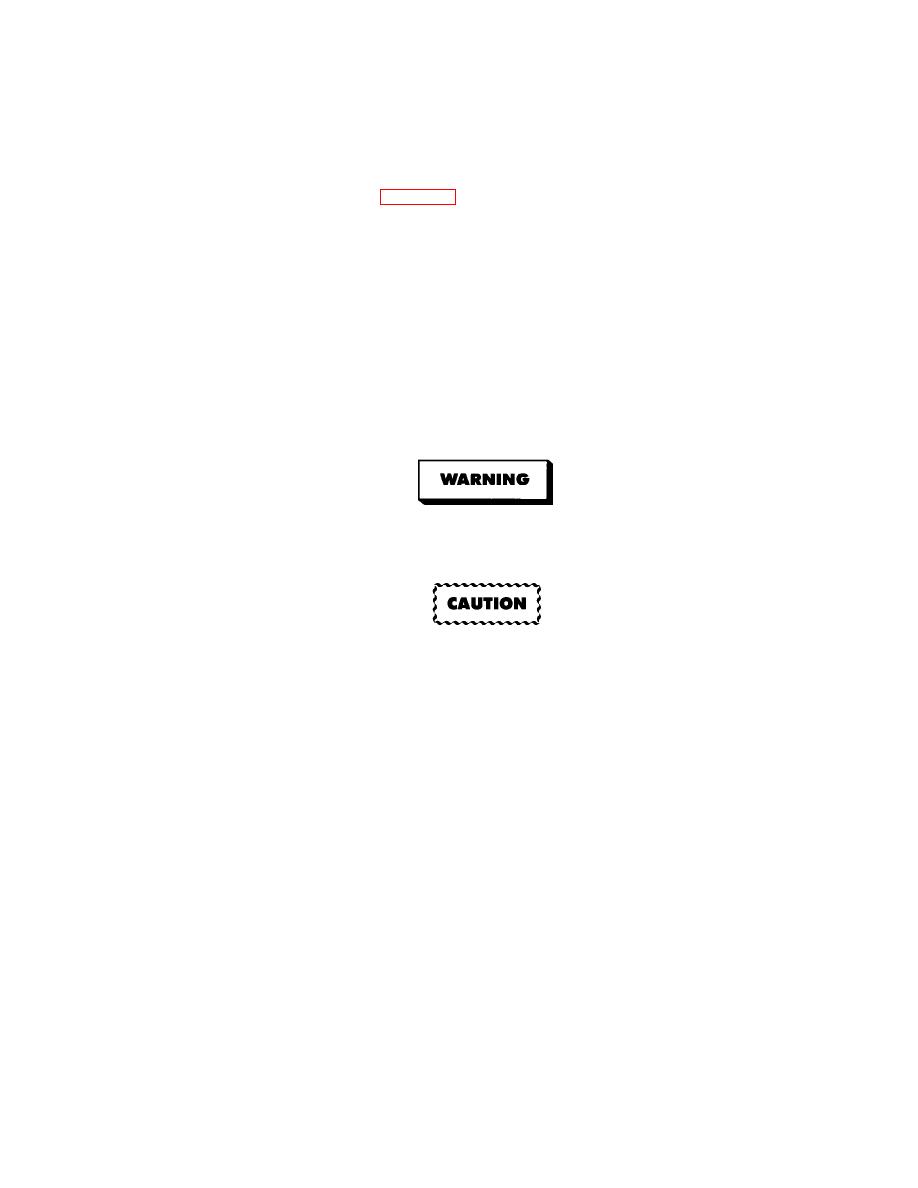 |
|||
|
|
|||
|
|
|||
| ||||||||||
|
|
 TM 9-2320-364-20-1
b.
How to Begin Troubleshooting.
(1)
Determine the symptom or condition that indicates a problem or failure. Troubleshooting is divided into
symptoms peculiar to a truck system or component, for example: air system or engine. Refer to the
Troubleshooting Fault Index (Table 2-15). Follow DDEC II and DDEC III/IV Troubleshooting BEFORE
going to Engine Troubleshooting.
(2)
Go to the referenced page to begin troubleshooting. Open the manual flat so both the left-hand and
right-hand pages are displayed before you. The information on both pages is important to resolve the
problem or failure. However, the experienced technician can follow the left-hand page instructions and
refer to the right-hand page when necessary.
(3)
Follow the Diagnostic Procedure. Answer question no. 1 on the left-hand page and follow the YES or
NO path to either the remedy or the next question. If necessary, look on the right-hand page for test
instructions and illustrations.
(4)
Observe warnings, cautions and notes. The formatting and symbols used in this manual for warnings,
cautions and notes are as follows:
This is the symbol for a warning statement. If you see the word WARNING above a
question on the left-hand page, look on the right-hand page for the text of the message.
WARNINGs describe a situation which could cause severe injury or death to personnel.
This is the symbol for a caution statement. If you see the word CAUTION above a
question on the left-hand page, look on the right-hand page for the text of the message.
CAUTIONs describe a situation which could cause damage to equipment.
NOTE
This is the symbol for a note. Notes are located directly above the test to which they
refer. Notes provide additional information for performing a test.
c.
Abbreviations and Commonly Used Terms.
(1)
A/D - Analog to Digital: The computer inside the DDEC ECM uses an A/D converter to convert a sensor
voltage into a number with which the computer can work.
(2)
Active Codes - These are the codes that currently keep the Check Engine Light on. They can only be
read using the Diagnostic Data Reader.
(3)
BAT - Battery.
2-127
|
|
Privacy Statement - Press Release - Copyright Information. - Contact Us |